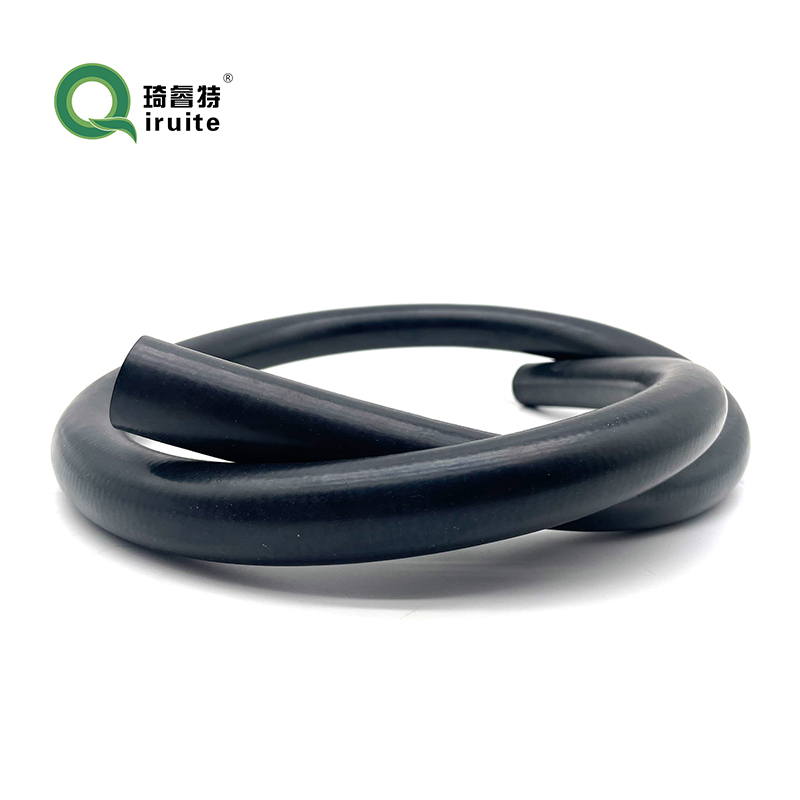honda power steering hose replacement
Honda Power Steering Hose Replacement A Comprehensive Guide
Maintaining your Honda's power steering system is crucial for safe and comfortable driving. One of the essential components of this system is the power steering hose, which transports hydraulic fluid from the pump to the steering gear. Over time, these hoses can wear out, resulting in leaks and reduced steering efficiency. In this article, we will discuss the importance of timely replacement of power steering hoses, how to identify a faulty hose, and provide a step-by-step guide on replacing it.
Understanding the Power Steering Hose
The power steering hose is composed of two main parts the high-pressure hose and the low-pressure return hose. The high-pressure hose carries fluid from the power steering pump to the steering gear, while the low-pressure hose returns the fluid back to the pump. Both hoses are made of durable materials to withstand the high pressures of the hydraulic fluid, but they can still deteriorate over time due to factors such as heat, vibration, and exposure to road chemicals.
Signs of a Failing Power Steering Hose
Identifying a faulty power steering hose early can save you from more extensive repairs down the line. Here are some common signs that your power steering hose may need replacement
1. Fluid Leaks One of the most noticeable signs is a puddle of clear, reddish-brown fluid under your vehicle. This could indicate a leak in either the high or low-pressure hose.
2. Steering Difficulty If you notice that turning the steering wheel requires more effort than usual, it could be a sign of low fluid levels caused by a leak in the hose.
3. Whining Noise A whining or groaning noise when turning the wheel may indicate that the power steering pump is working harder due to a lack of fluid, often a result of a hose leak.
4. Visual Inspection Cracks, bulges, or signs of wear on the hose itself can indicate that it is time for a replacement.
Replacing the Power Steering Hose
If you have determined that your power steering hose needs replacing, follow these steps to ensure a successful replacement
1. Gather Your Tools and Parts
You will need a new power steering hose, a wrench set, a socket set, a fluid catch pan, and possibly power steering fluid. Make sure to double-check the compatibility of the new hose with your specific Honda model.
honda power steering hose replacement

Park your car on a level surface, turn off the engine, and allow it to cool. Use wheel chocks for safety, and if you are working under the vehicle, ensure it is properly supported by jack stands.
3. Drain the Power Steering Fluid
Place the fluid catch pan underneath the power steering rack. Disconnect the power steering return hose and allow the fluid to drain completely.
4. Remove the Old Hose
Using the appropriate wrench or socket, loosen the fittings at both ends of the old hose and carefully remove it. Inspect the connection points for any other signs of wear or damage.
5. Install the New Hose
Attach the new hose by reversing the removal process. Ensure that the connections are tight, but be careful not to overtighten, as this can damage the fittings.
6. Refill the System
Pour new power steering fluid into the reservoir, making sure to use the fluid recommended for your specific Honda model. Start the engine and let it run for a few minutes while turning the steering wheel from lock to lock to help eliminate any air bubbles.
7. Check for Leaks
After the engine has run, examine the connections for any signs of leaks. If everything looks good, take your vehicle for a test drive to confirm that the steering system is functioning smoothly.
Conclusion
Regular maintenance of your Honda's power steering system, including the timely replacement of power steering hoses, is essential for optimal performance. By following the steps outlined above, you can ensure a safe and comfortable driving experience. Remember, if you’re unsure or uncomfortable with performing the replacement yourself, it’s always best to consult a professional mechanic.
-
Ultimate Spiral Protection for Hoses & CablesNewsJun.26,2025
-
The Ultimate Quick-Connect Solutions for Every NeedNewsJun.26,2025
-
SAE J1401 Brake Hose: Reliable Choice for Safe BrakingNewsJun.26,2025
-
Reliable J2064 A/C Hoses for Real-World Cooling NeedsNewsJun.26,2025
-
Heavy-Duty Sewer Jetting Hoses Built to LastNewsJun.26,2025
-
Fix Power Steering Tube Leaks Fast – Durable & Affordable SolutionNewsJun.26,2025

